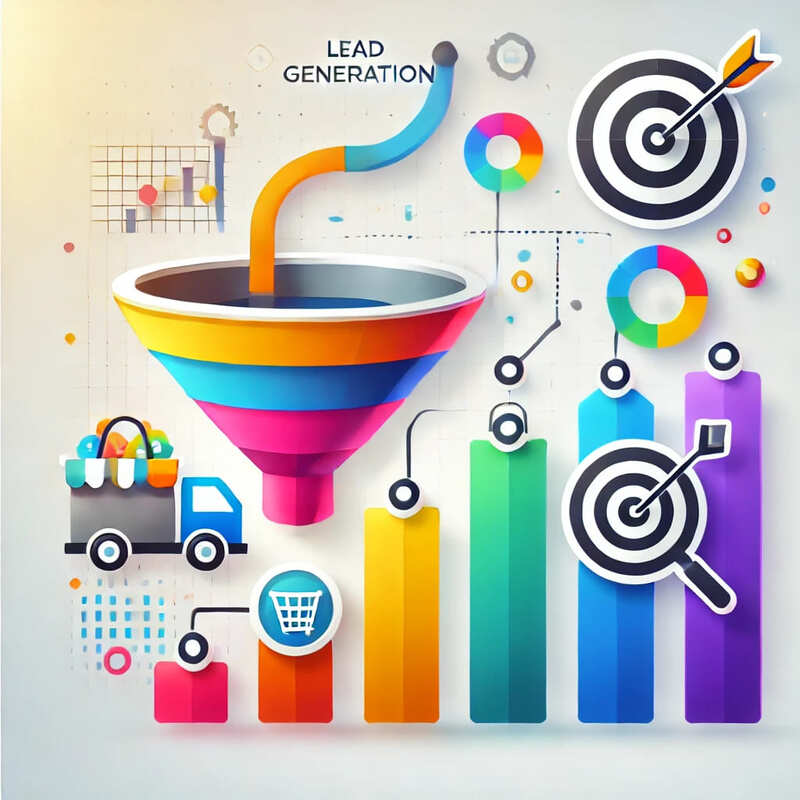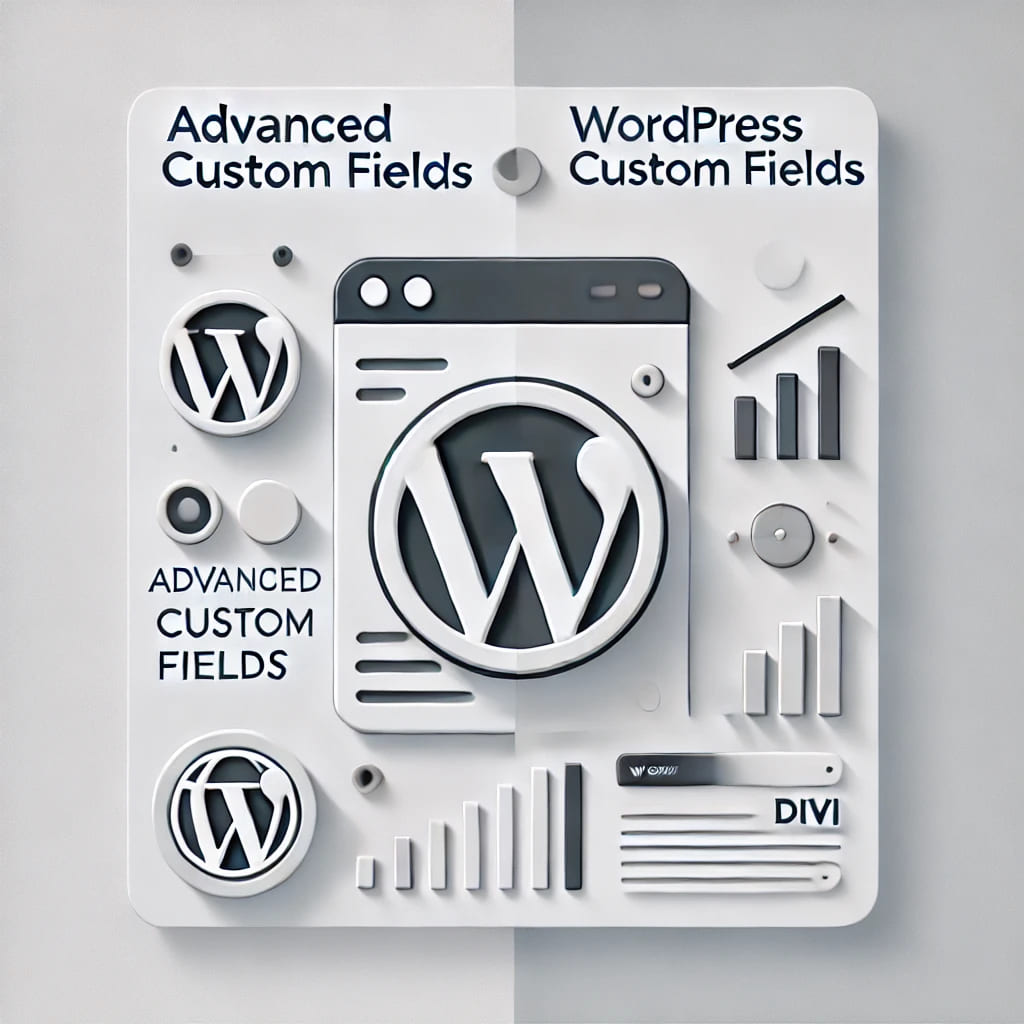Introduction
While websites are often seen as marketing tools, their role in sales is equally significant. A well-designed and strategically planned website can act as a powerful sales funnel, guiding visitors through the buyer’s journey from awareness to conversion. This article aims to elaborate on how websites contribute to lead generation, nurturing, and ultimately, sales conversions.
Websites as Sales Funnels
Top of the Funnel: Awareness and Attraction
At this stage, the website aims to attract a broad audience through various channels like SEO, PPC, and social media. The focus is on creating awareness and interest in the product or service. Educational content, such as blog posts and how-to guides, can be particularly effective here.
Middle of the Funnel: Consideration and Engagement
Once visitors are on the website, the goal shifts to keeping them engaged and moving them to the consideration stage. This involves more in-depth content like webinars, case studies, and product comparisons. Email sign-ups and gated content can be used to capture leads for further nurturing.
Bottom of the Funnel: Conversion and Action
This is where the website aims to convert interested visitors into customers. Product pages, pricing tables, and testimonials play a crucial role here. Strong Calls to Action (CTAs), such as ‘Buy Now’ or ‘Request a Demo,’ are essential for guiding the user to take the desired action.
Key Sales Functions of a Website
- Lead Capture: Forms, chatbots, and pop-ups can be used to capture visitor information, turning anonymous visitors into identifiable leads.
- Lead Nurturing: Through personalized content and targeted offers, the website can nurture leads until they are sales-ready.
- Sales Transactions: For e-commerce businesses, the website is the point of sale where transactions happen.
- Cross-Selling and Upselling: Product recommendations and bundled offers can help increase the average transaction value.
- Customer Retention: Through loyalty programs, customer accounts, and personalized experiences, websites can contribute to customer retention.
Integrating Sales and Marketing
- CRM Integration: Sales data can be integrated into CRM systems to create a unified view of the customer, aiding in personalized marketing and sales efforts.
- Marketing Automation: Tools like HubSpot can be integrated to automate lead nurturing processes, making it easier to move leads through the sales funnel.
- Sales Analytics: Advanced analytics can track metrics like Customer Lifetime Value (CLV) and Cost Per Acquisition (CPA), providing valuable insights for sales strategies.
Strategic Benefits for Sales
- 24/7 Availability: Unlike a physical store or sales team, a website is always available, allowing for sales to happen at any time.
- Global Reach: Websites can reach a global audience, opening up new markets and sales opportunities.
- Data-Driven Insights: The wealth of data collected can inform sales strategies, from product development to pricing.
Best Practices
- A/B Testing: Regularly test different elements like CTAs, landing pages, and forms to see what converts best.
- Personalization: Use data to offer personalized experiences, such as product recommendations based on browsing history.
- Sales and Support Integration: Integrate live chat or chatbots to provide real-time sales support, answering queries and overcoming objections on the spot.
Conclusion
Understanding the role of a website in the sales process is crucial for maximizing its potential as a sales tool. From attracting visitors to converting them into customers, each stage of the sales funnel can be optimized through website design, content, and features. By integrating sales and marketing efforts through the website, businesses can create a seamless and effective sales process that not only converts but also retains customers.



